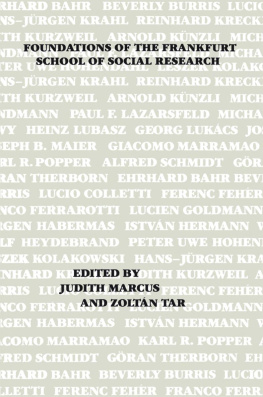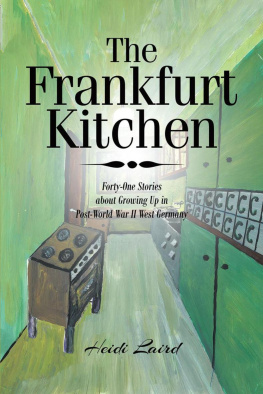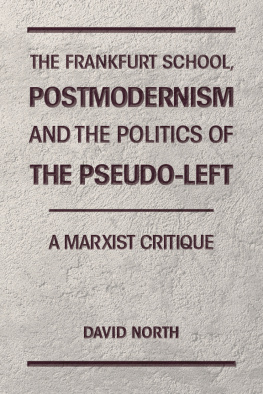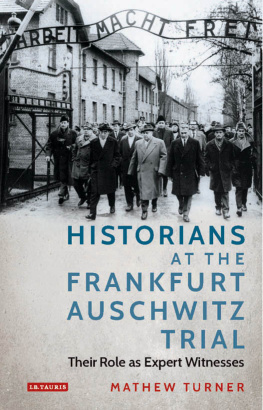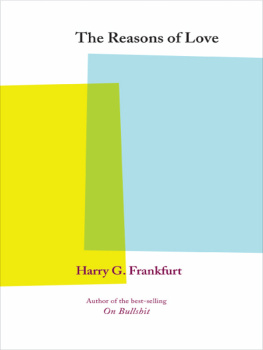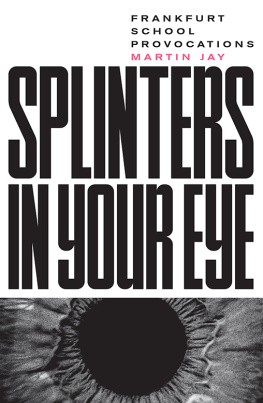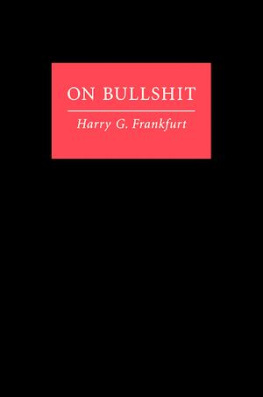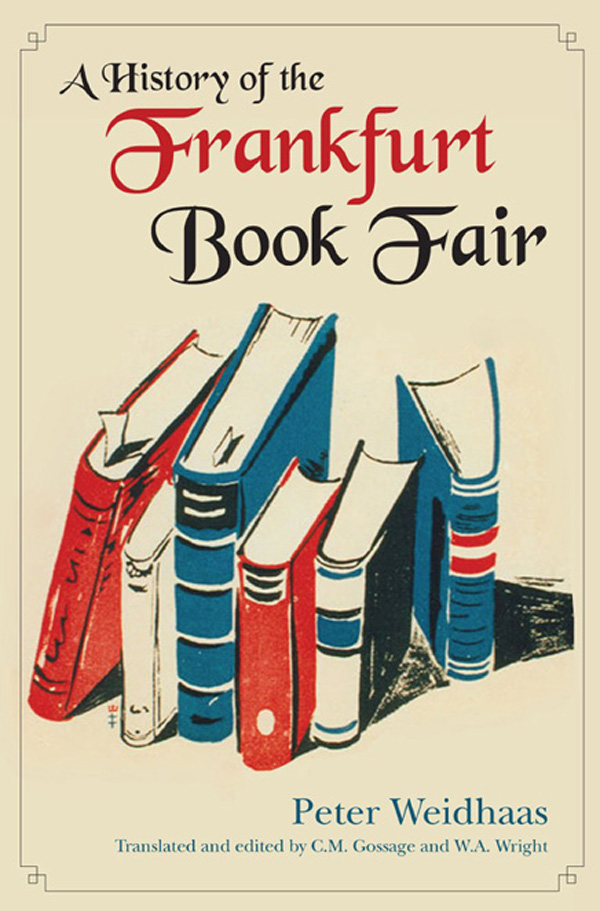
The emblem of the City of Frankfurt.
Woodcut by Eugen Sporer, 1409.
A History
of the
Frankfurt Book Fair
by Peter Weidhaas
Translated and edited by
C.M. Gossage and W.A. Wright
Copyright Dundurn Press Limited, 2007
All rights reserved. No part of this publication may be reproduced, stored in a retrieval system, or transmitted in any form or by any means, electronic, mechanical, photocopying, recording, or otherwise (except for brief passages for purposes of review) without the prior permission of Dundurn Press. Permission to photocopy should be requested from Access Copyright.
This work was first published in German. Suhrkamp Verlag Frankfurt am Main 2003
Designer: Erin Mallory
Copyeditor: Jennifer Gallant
Printer: Tri-Graphic Printing, Ltd.
Library and Archives Canada Cataloguing in Publication
Weidhaas, Peter
A history of the Frankfurt Book Fair / by Peter Weidhaas ; translated by C.M. Gossage and W.A. Wright.
Translation of: Zur Geschichte der Frankfurter Buchmesse.
Includes bibliographical references and index.
ISBN 978-1-55002-744-0
1. Frankfurter Buchmesse--History. 2. Book industries and trade--Germany--Frankfurt am Main--Exhibitions--History. I. Gossage, Carolyn, 1933- II. Wright, Wendy, 1933- III. Title.
Z320.6.F7W4413 2007 | 070.509434164 | C2007-903542-6 |
1 2 3 4 5 11 10 09 08 07

We acknowledge the support of the Canada Council for the Arts and the Ontario Arts Council for our publishing program. We also acknowledge the financial support of the Government of Canada through the Book Publishing Industry Development Program and The Association for the Export of Canadian Books, and the Government of Ontario through the Ontario Book Publishers Tax Credit program and the Ontario Media Development Corporation.
The translation and publication of this work was
supported by a grant from the Goethe-Institut. | 
|
Care has been taken to trace the ownership of copyright material used in this book. The author and the publisher welcome any information enabling them to rectify any references or credits in subsequent editions.
J. Kirk Howard, President
Printed and bound in Canada
www.dundurn.com
Dundurn Press
3 Church Street, Suite 500
Toronto, Ontario, Canada
M5E 1M2 | Gazelle Book Services Limited
White Cross Mills
High Town, Lancaster, England
LA1 4XS | Dundurn Press
2250 Military Road
Tonawanda, NY
U.S.A. 14150 |

A segment from a 1770 map of the City of Frankfurt by Matthias Merian.
Table of Contents
Acknowledgements
Initially, the translators wish to express their gratitude to Peter Weidhaas, the author of this book and a man of many talents. Without his dedicated efforts to present a detailed documentation of the Frankfurt Book Fairs history in German, the possibility of an English translation simply would not exist. We are indebted, as well, to the Goethe Institute for its generosity in contributing financially to the translation of this work.
To our friend and ever-gracious provider in Wiesbaden, Severina Coppo-Metzdorf, we extend our heartfelt thanks. Closer to home, what would we have done without the invaluable assistance of Karen Heath and Rodolpho Fiallos of the University of Torontos DEEDS project who so expertly scanned the images provided to us by the author? Nor should the meticulous work of our eagle-eyed copyeditor, Jennifer Gallant of the Dundurn Group, go unrecognized. A raised glass, also, in the direction of our publisher, Kirk Howard, for his faith in our ability to accomplish this occasionally daunting task.
Carolyn Gossage wishes to pay tribute to the memory of the late Joanne Kellock (19312003), friend, literary agent, and intrepid veteran of countless book fairs. She will long be remembered as a woman with a consuming passion for life, for books, and for good red wine. In addition, Wendy Wright would like to thank Ila Bossons, her friend, neighbour, and native informant on problems of dialect, as well as Anna Porter, noted and quoted author, former publisher, and continuing frequenter of the Frankfurt Book Fair.
Carolyn Gossage and Wendy Wright
Toronto, 2007
Introduction
For many years I bore the primary responsibility for the direction of the Frankfurt Book Fair, and during that time I gained extensive knowledge of the innermost workings and dynamics of this modern marketing medium. Based on this experience, I have decided to record the history of what is widely regarded as the worlds oldest and most important book fair. Ultimately it is an annual event that, in essence, has been innovative from the outset and, in fact, remains so to the present day.
In terms of the Fairs history, there is a distinct possibility that Gutenberg himself, who was alive at the time, may well have attended the Frankfurt Book Fair of 1454 in person. In any event, in that same year, he would undoubtedly have witnessed lively business activity related to the occasion. This is not to suggest, however, that the marketing of books in Frankfurt actually originated in Gutenbergs time. We know, for example, of the existence of a book fair that took place there in 1370, when the renowned cleric from the Netherlands, Geert Groote, purchased books at the Frankfurt Fair for the Brethren of the Common Life monastery that he had founded. Moreover, there had been handwritten copies of books for sale at Frankfurt Fairs since the twelfth century, and the same was true of Leipzig just a century later.
The town situated at the ford across the Main gained a place in history when Emperor Charlemagne convened an imperial synod at the Franconian Ford in 794. Here, in this relatively unknown location, the emperor spent almost three-quarters of a year and made Frankfurt the site of a great many decisions that would affect the entire sphere of medieval Europe.
The next imperial visit to Frankfurt took place twenty years later in 815 with the arrival of Charlemagnes son, Ludwig, who had fallen heir to the Frankish Empire after his fathers death the previous year. Immediately work was begun on the construction of an imperial palace the delineation of which is still visible today in front of the citys historic cathedral the Frankfurter Dom.
By the ninth century Frankfurt was regarded as the main seat of the East Frankish Empire, and it was here that men of influence from the various principalities within the empire converged to meet and consult with their monarch. As was customary at the time, each of these court visitors travelled with a considerable retinue who, in turn, would have had to provide for their own needs. Given these circumstances, it appears a virtual certainty that a marketplace was already in existence in Frankfurt even at that time.


